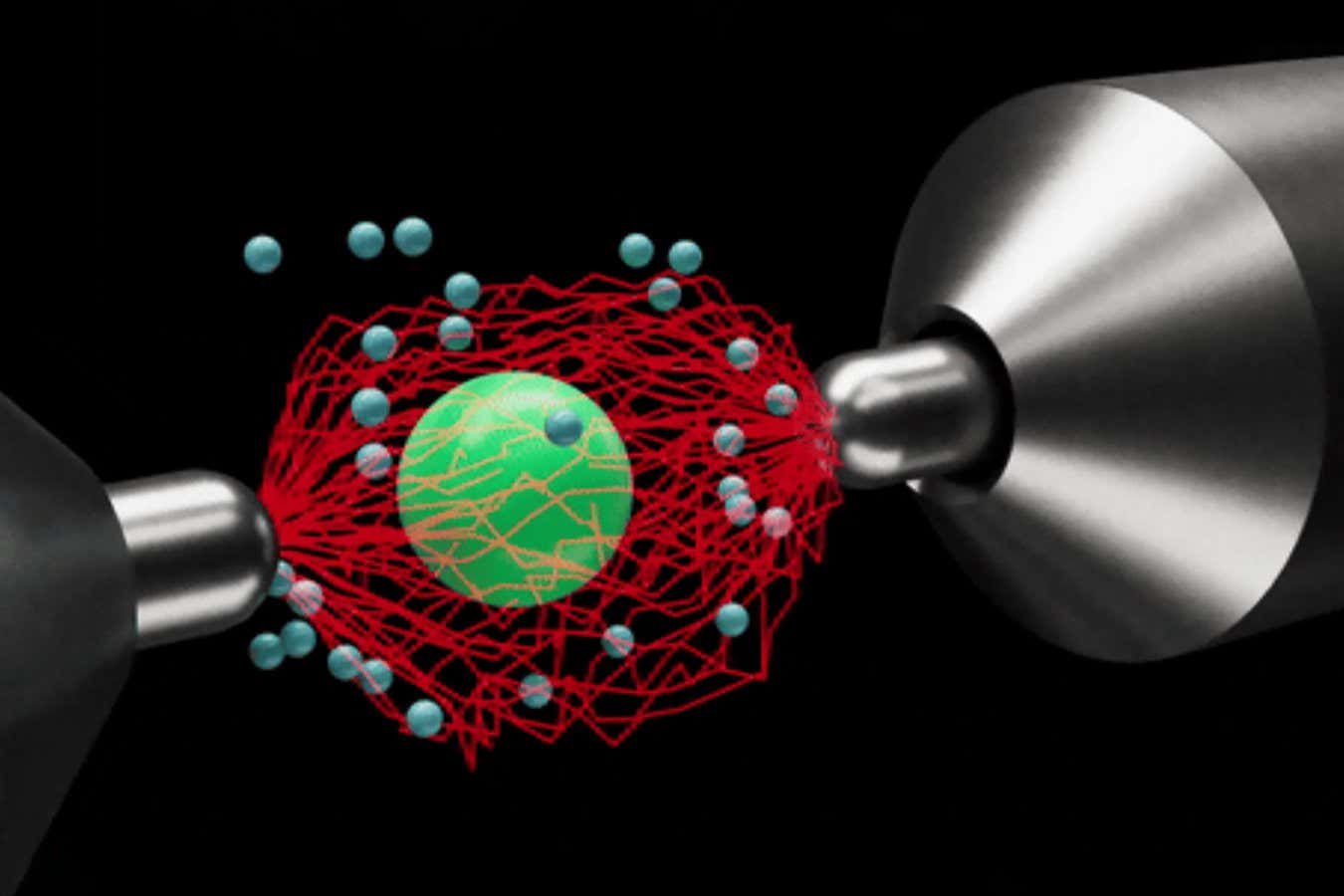Now Reading: World’s Hottest Engine Unveils Mysteries of Microscopic Physics
1
-
01
World’s Hottest Engine Unveils Mysteries of Microscopic Physics
World’s Hottest Engine Unveils Mysteries of Microscopic Physics

Rapid Summary
- A microscopic glass bead engine created by researchers at King’s College London operates with extreme thermodynamic behavior.
- the bead was levitated and manipulated in a nearly airless chamber using electric fields, simulating temperatures up too 10 million Kelvin-2000 times hotter than the sun’s surface-though it would feel cool to touch.
- It displayed unusual efficiency modes: some cycles exceeded expected energy outputs while others had negative efficiency, as if cooling instead of heating.
- These phenomena are attributed to its tiny size,where interactions with individual air particles affected operation and contradicted traditional thermodynamics at macroscopic levels.
- Researchers see parallels between these behaviors and biological systems at cellular scales, such as proteins or bacteria.
- While there are no immediate technological applications for this engine, the design may assist in understanding energy dynamics within natural systems and validating theories on microscopic physics.
Image Caption: An artist’s representation of the extreme engine (Millen lab).
!campaign=RSS%7CNSNS&utmsource=NSNS&utmmedium=RSS&utm_content=home”>Read More
Stay Informed With the Latest & Most Important News
Previous Post
Next Post
Loading Next Post...

























